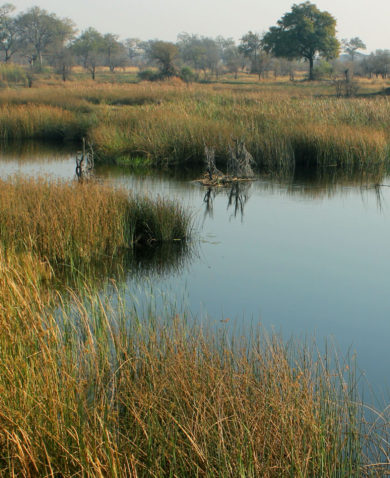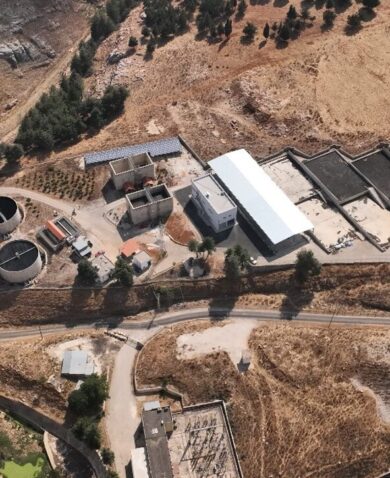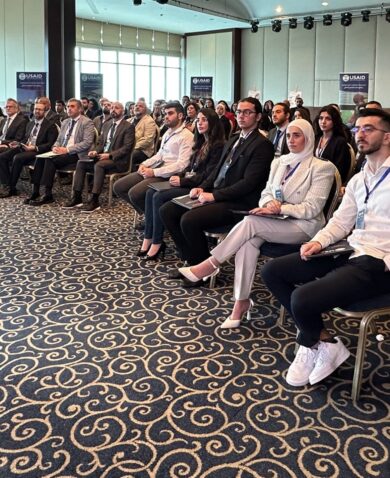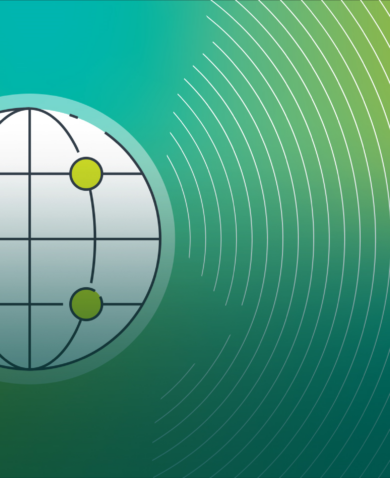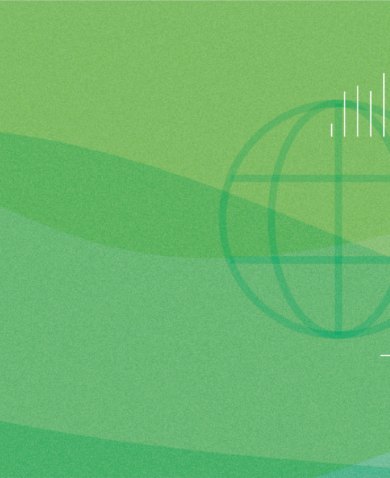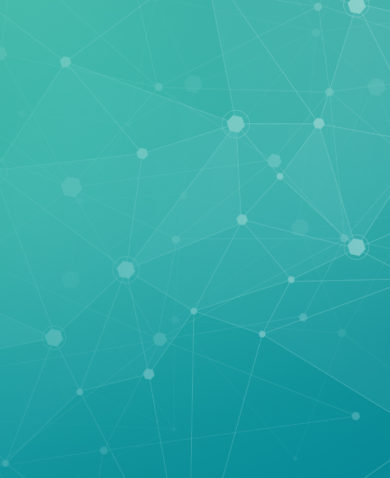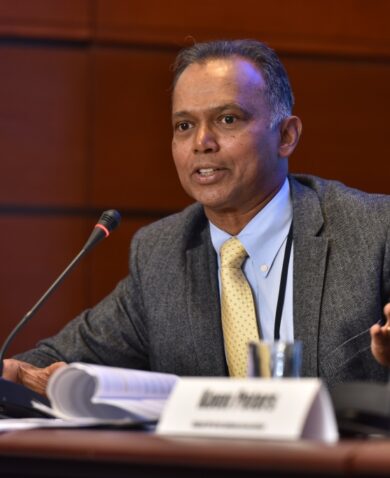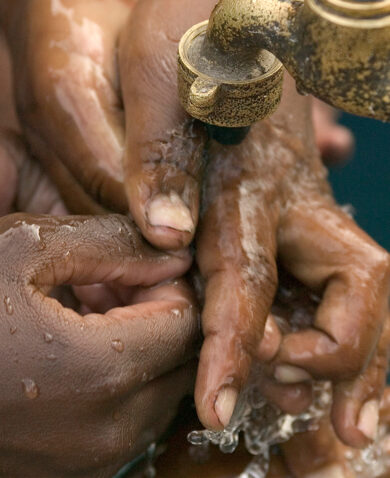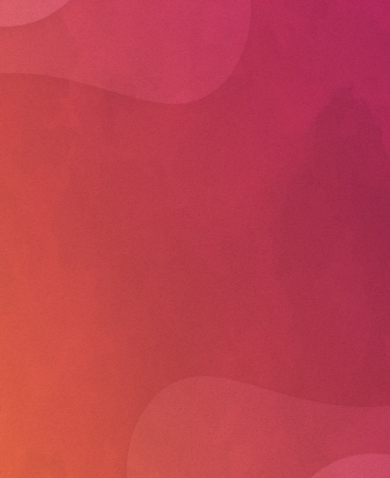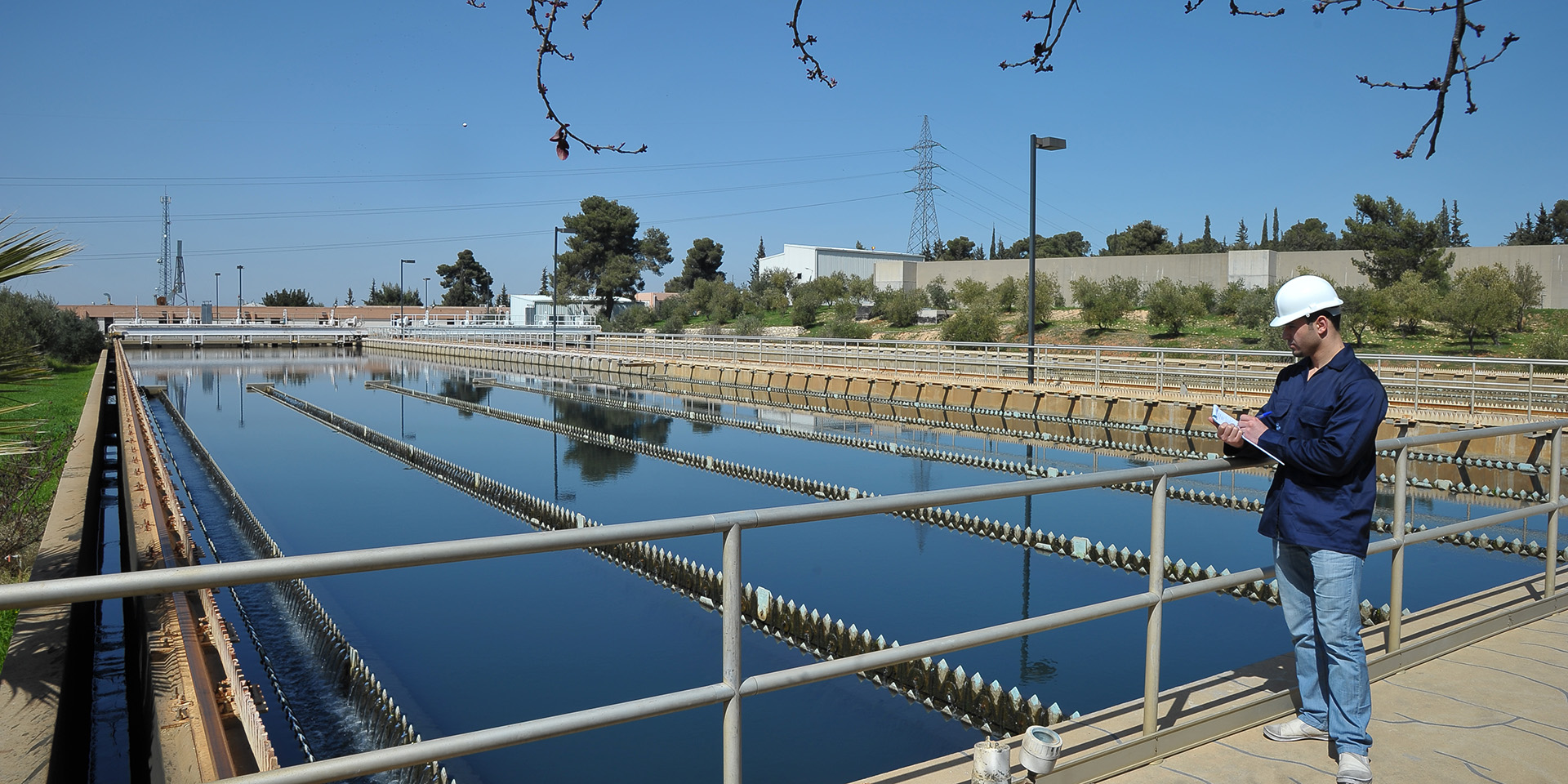
Water Utilities Need Good Data — Here’s Why and How
August 29, 2017 | 4 Minute ReadOnly 15 percent of water utilities in developing countries are financially viable. Basil Mahayni explains how better data could help utilities become more effective.
An estimated 2.6 billion people gained access to improved drinking water between 1990 and 2015, yet municipalities around the world still struggle to deliver safe and consistent water because of inefficiencies and cost recovery concerns. The World Bank estimates that only 15 percent of utilities in developing countries generate enough revenue to cover operating and maintenance (O&M) costs and also a cash surplus.
When drafting the Sustainable Development Goals (SDGs), the international community recognized the importance of more effectively managing water systems: SDG 6 calls for us to ensure not only availability but also “sustainable management of water and sanitation for all.” Achieving SDG 6 by 2030 will require continued service delivery improvements and stronger financing capabilities in municipal water systems. Water utility performance can be improved by separating oversight from service delivery, strengthening institutions, reducing costs, enhancing operating efficiency, and adopting better cost recovery systems. A recurring challenge for many water utilities around the world is improving operating efficiency and cost recovery systems in sustainable ways. The World Bank also estimates that gains in operational efficiency, not including tariff increases, could help an estimated 65 percent of utilities to cover O&M costs. One area of opportunity for assisting utilities to improve operational efficiency and cost recovery is the strategic adoption of innovative technologies in management of services and customer interactions.
Using technology to better manage water utilities
Integral to the financial health and efficiency of water utilities, and the quality of services they provide, are accurate data on water production and distribution, and on the conditions of municipal water infrastructure. Adoption of integrated information systems and geospatial technology can help utilities improve data collection, analyses, asset management, service provisions, and financial systems. For example, supervisory control and data acquisition (SCADA) systems mobilize digital technologies, networked communications, and graphical user interfaces to provide real-time information on system operations and infrastructure. A SCADA system allows utility engineers and managers to identify and forecast failures within the system by mapping networked utility operations, including water quality and quantity in reservoirs, pump stations, water networks, and smart meters measuring flow or consumption. SCADA systems also help water utilities to measure the degree and source of non-revenue water loss within a system. Non-revenue water loss is water that is lost due to technical or administrative reasons stemming from billing errors, inaccurate meters, or theft. In other words, water is consumed but is not billed. Physical losses, on the other hand, derive from water losses within the system due to infrastructure deterioration, such as broken pipes. Both non-revenue and physical losses diminish revenues for a water utility.
SCADA systems can be integrated with geographic information systems (GIS) in order to map assets and connections within the municipal water system. This can allow utility engineers to forecast investment needs based on the conditions of the municipal water network and trends related to consumption, land use, and economic development. These integrated geospatial systems can also receive data in real time from mobile technologies. Inspectors or billing representatives can submit requests for repairs or upload meter readings during site visits and ensure that risk analyses and capital investment forecasts are based on accurate data. These automated systems also provide an additional platform of information for identifying sources of revenue loss.
SCADA and geospatial technologies should be supplemented by integrated financial management systems (IFMIS), which provide a framework for streamlining annual and medium-term budget management. This includes managing operating expenses and revenue collection as well as forecasting revenue and financing needs. Collectively, the successful adoption of these technologies will help water utilities improve cost recovery and increase efficiency through improved monitoring of system operations and quicker response times for maintenance requests, and will help inform capital investment plans in the medium- and long-term.
Technology can help customers, too
Adoption of these technology systems will require careful consideration of customer needs. Low-income and vulnerable communities may avoid using municipal water services should connection costs or service charges be prohibitively high. This can pose significant health risks should citizens rely on unregulated service providers. While utilities do not always have control over rate setting for user charges and fees, they can provide services that make it easier and cheaper to connect to municipal water services. Water utilities can provide subsidy options to reduce the financial burden of connecting to the water system and introduce efficient processes for requesting household connections. This includes clearly delineating the steps and documents required for requesting a customer account, meter, and connection. In doing so, water utilities will be able to expand the customer base and ensure that data systems are up-to-date, while also working towards the greater well-being of the general public.
Water utilities should also aim to standardize and automate billing schedules and procedures when possible and provide accessible venues for customer feedback, complaints, and bill payment. The information technology systems described above can help ensure that bills accurately reflect consumption patterns and create a common platform for bill payment and customer feedback. Utilities should take advantage of online and mobile technologies to allow customers to review their consumption patterns, payment history, and bills. These systems can also help reduce the time needed for bill payment and allow utilities to circulate friendly reminders when bills are due. By standardizing these systems, water utilities will not only help generate user confidence and possibly increase the likelihood of bill payment, they will also have real-time information regarding unpaid bills.
Technology is only part of the solution
Adoption of information technologies can significantly help water utilities increase operating efficiencies, recover operating costs, and plan for capital investments. Use of these technologies, however, is only one part in the process of improving utility performance. Introduction of these systems should be accompanied by capacity building for utility operators and personnel alongside institutional strengthening programs, including clarify roles and responsibilities and lines of reporting. Related, regulatory systems should provide transparent incentives for improved utility performance and create mechanisms for accountability. Coupling these reforms with the effective use of integrated geospatial and information technologies can help utilities create a sustainable path towards improved efficiency and cost recovery, and advance progress towards SDG 6.



